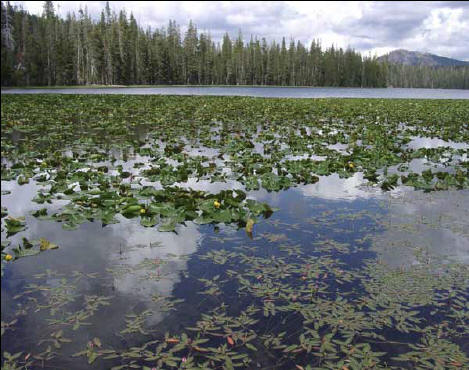Detailed assessment and refinement of priority issues specific to Klamath Network water quality and the two aquatic resource-focused monitoring questions began in October 2004. The process was initiated by sending a questionnaire regarding aquatic resources and water quality to the Chief of Resources Management of each park unit. Park-specific information was sought in five basic categories: (1) identification of aquatic resources within park unit boundaries (i.e., marine, estuarine, lotic, lentic, palustrine, ice caves, and geothermal/ hydrothermal); (2) a list of water bodies of particular importance or interest to the park unit management; (3) a list of past and current water quality monitoring efforts; (4) a list of water resource management and/or land use issues that impact resources from either within or outside each park unit; and (5) qualification of the level of knowledge and experience of park unit staff in monitoring water quality. Questionnaire responses were summarized into preliminary park-specific Vital Signs Tables that included columns for: (1) Aquatic Resource; (2) Potential Resource Stressors; (3) Potential Indicators of Stress; (4) Potential Monitoring Options; and (5) Stressor Priority. The tables were reviewed and refined at an aquatic resources vital signs scoping session held in December 2004. Park unit staff identified the five most significant water quality resource management issues and aquatic resource stressors for each park unit (i.e., climate change, land use and non-recreational human impacts, introduced/invasive nonnative biota, visitor recreational activities, and atmospheric deposition of nutrients and pollutants). In addition, the assessment process was instrumental for identifying indicators (or vital signs) of aquatic resource stress, relative to the five identified stressors, and potential monitoring options for quantifying ecosystem health and/or disturbance. The park-specific and network-level results of this process are discussed in detail on pages 57-85.
 |
| Figure 1: Horseshoe Lake, Lassen Volcanic National Park |
***previous*** — ***next***

